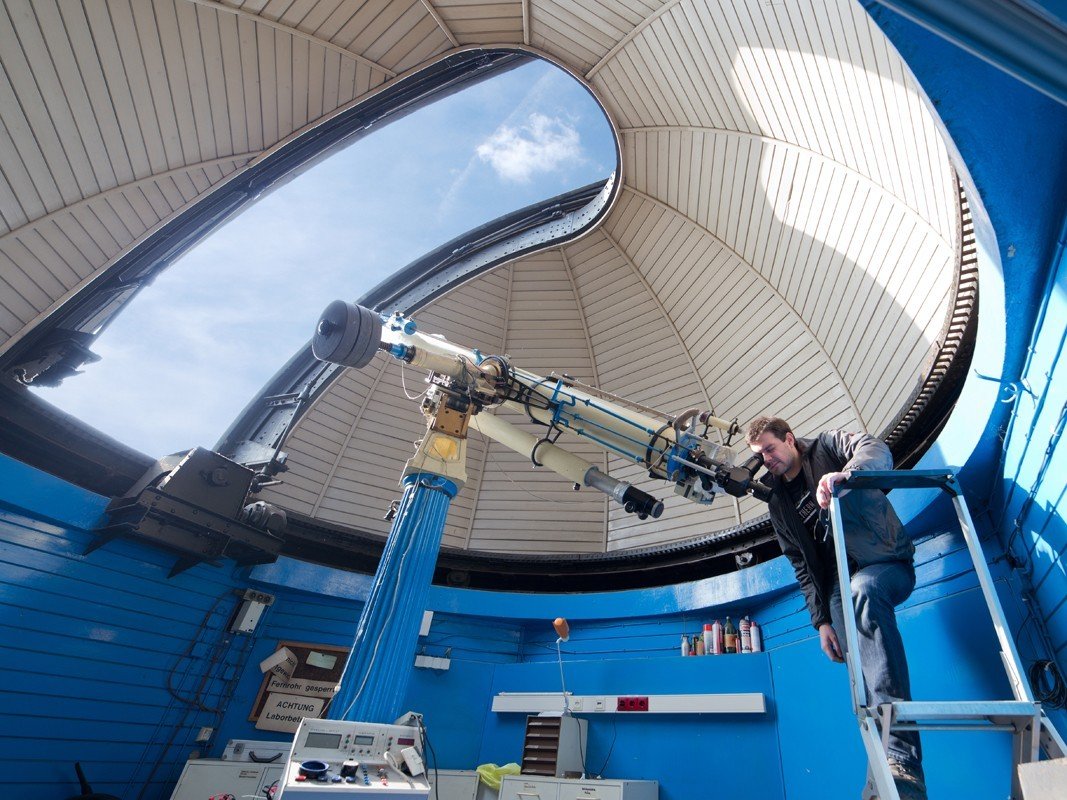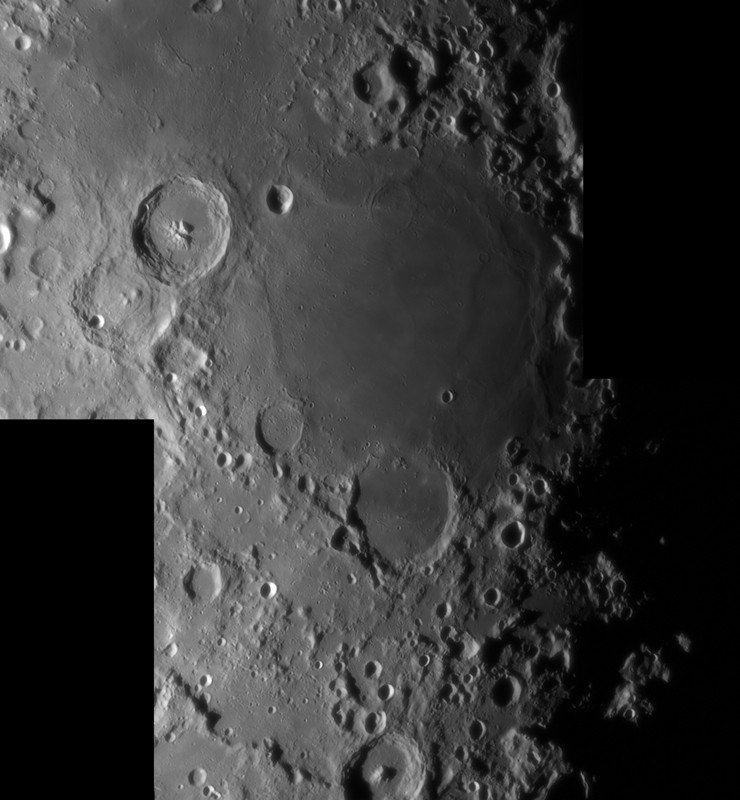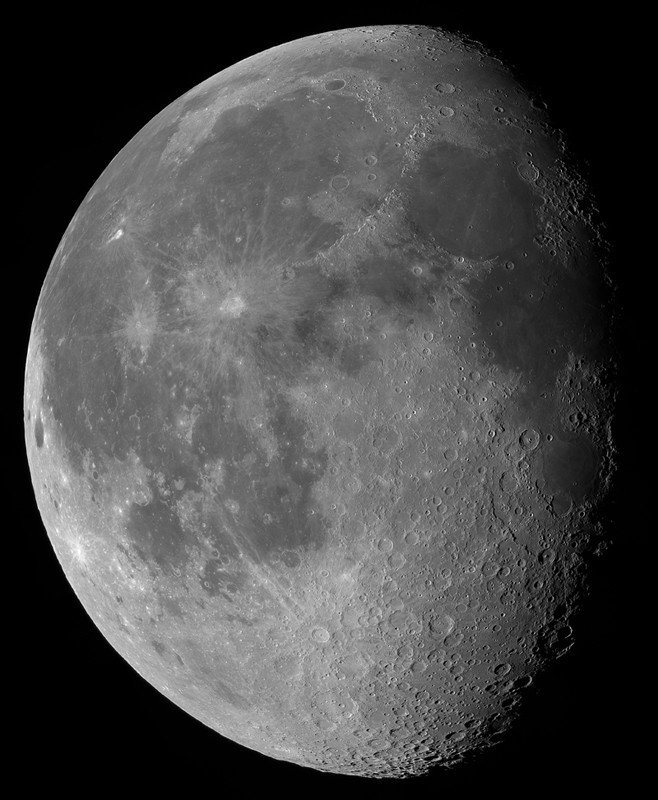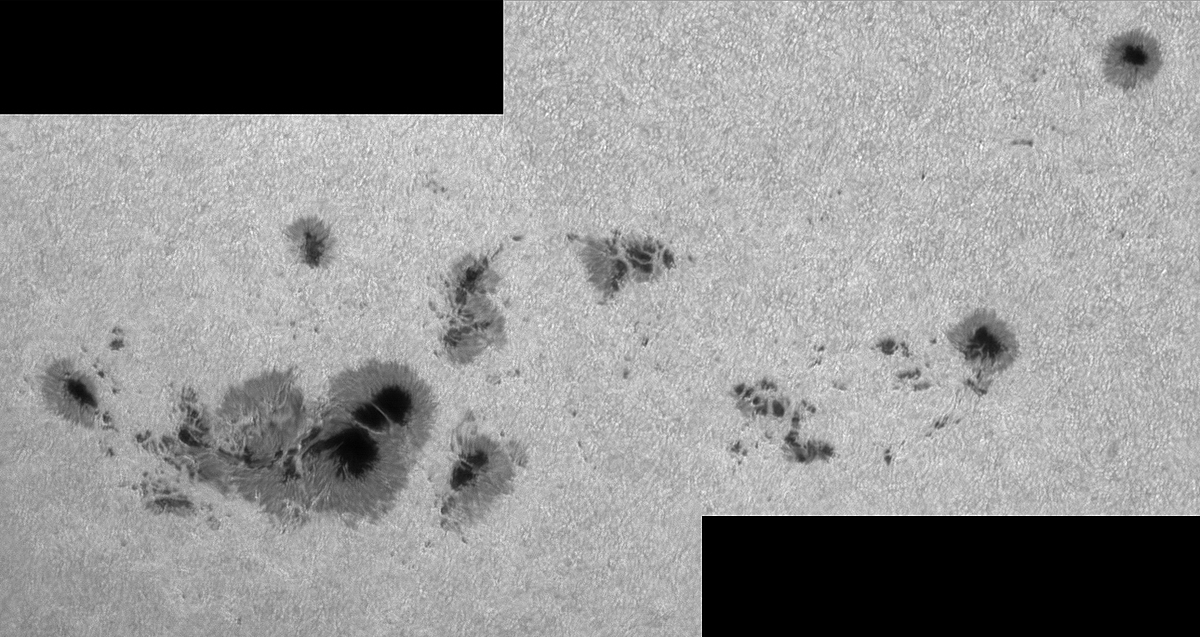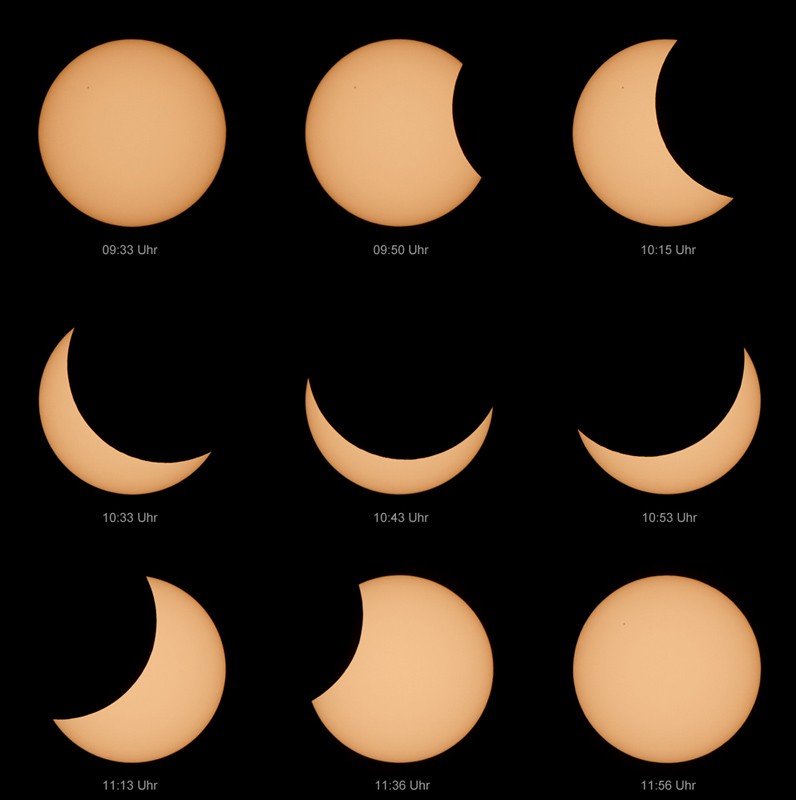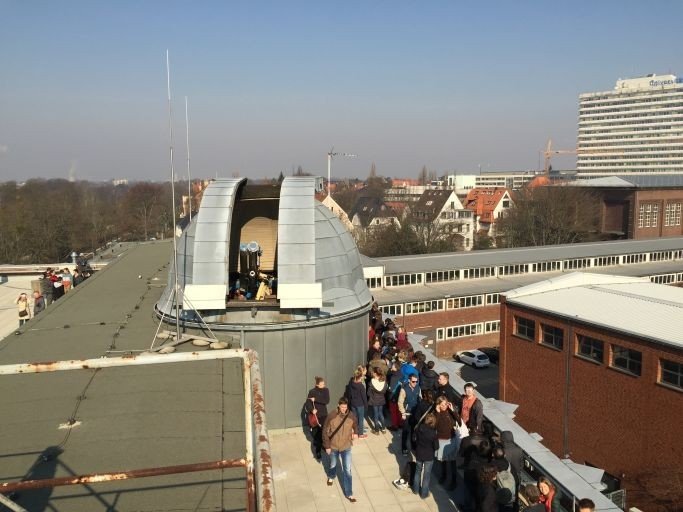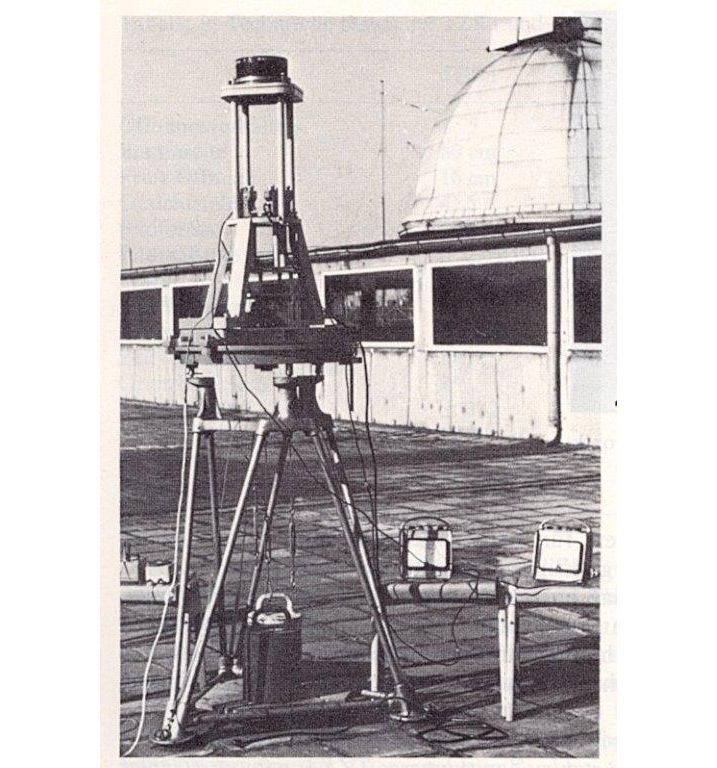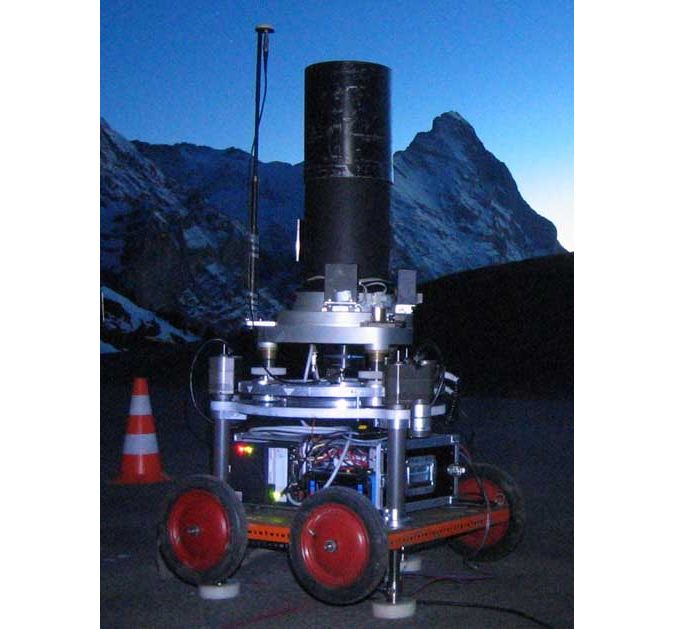When the Institute of Theoretical Geodesy was founded in 1963, the astronomical station became part of this institute and was regularly supported and operated by technical and scientific staff. Universal theodolites (z.B. Wild T4, DKM 3A), astrolabes, instruments for precise time recording, cameras and telescopes for astronomy and the optical observation of satellites were added as well.
During this time first attempts were made to construct a zenith camera for field use. Based on publications in an American geodesy magazine Prof. Pilowski constructed two prototypes of zenith cameras as open tube constructions. They were the subject of several theses and proved to be fully efficient for the determination of the deflection of the plumb line. During the late 1960’s results were regularly published in the astronomical station’s own publication series.
Starting in June 2000 a digital version of the zenith camera (TZK2-D) was developed, using modern CCD sensors. During measurement campaigns until 2010 deflections of the plumb line could be determined with the help of this camera with an accuracy of 0.1 arc seconds.
The focus in astronomy was on the observation of comets and planetoids, stellar occultations in the context of international cooperations, the precise determination of star coordinates through astronomical plate reduction as well as the determination of sunspot coordinates. The big refractor with an aperture of 20 cm and a focal length of 3.25 m is used nowadays for public demonstrations e.g. during the "Nacht die Wissen schafft" (in German) or during specific events like the partial solar eclipse in 2015 (in German)
Contact
30167 Hannover

